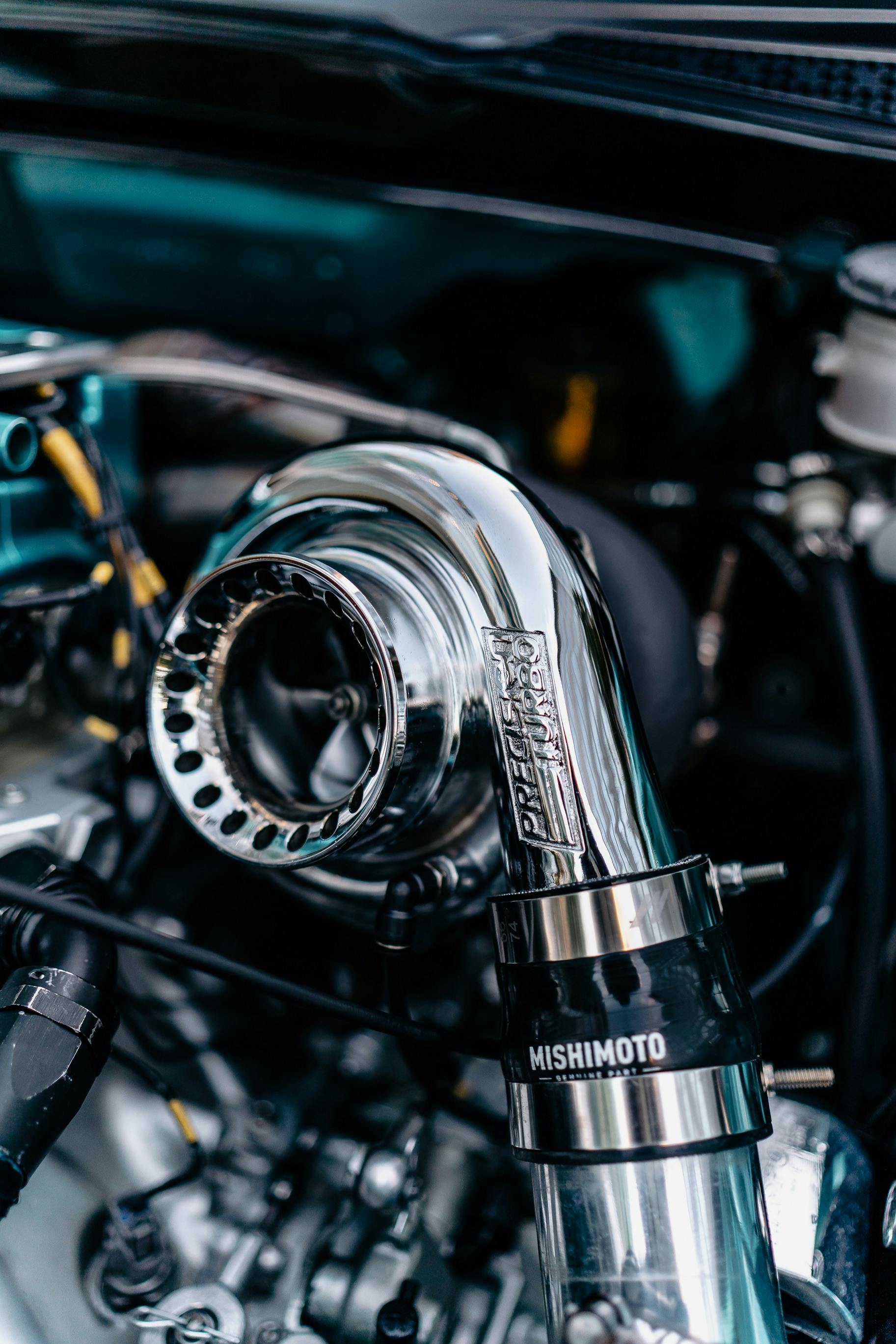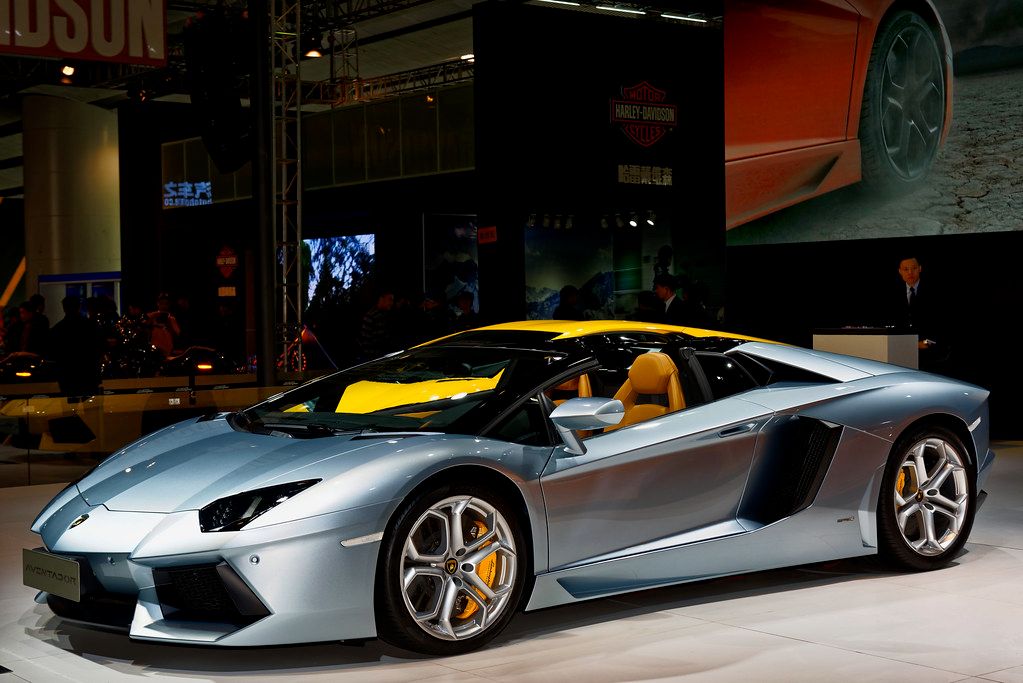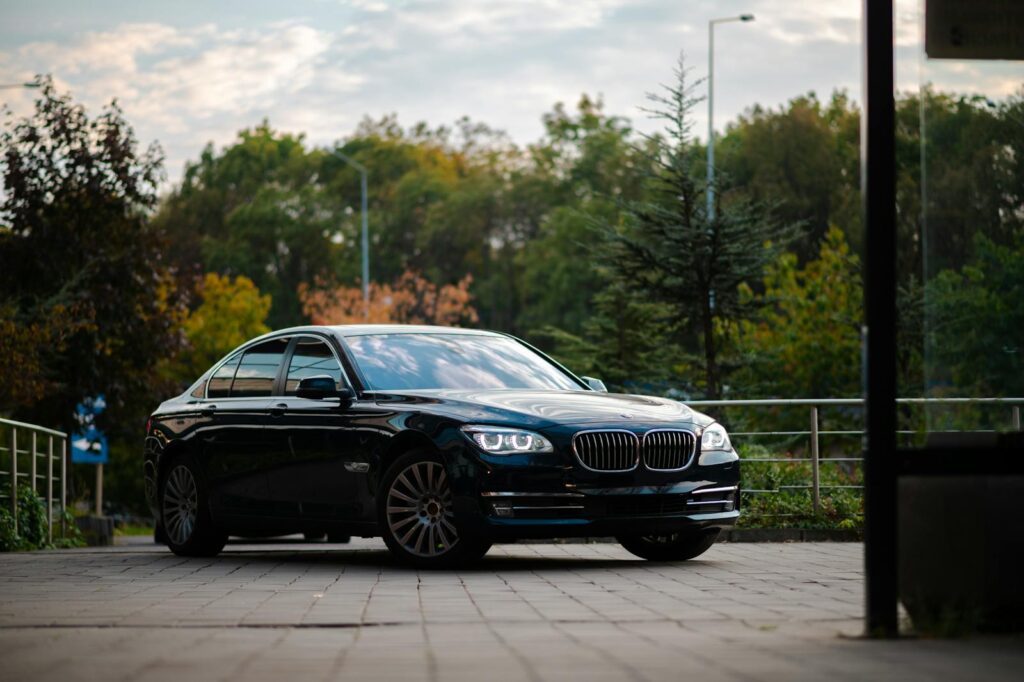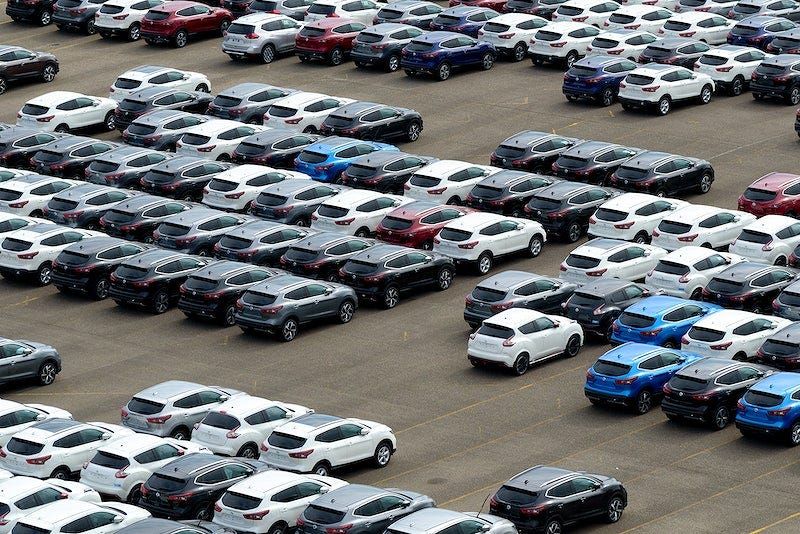
Electric vehicles are rapidly transforming our commutes and long-distance journeys, offering a glimpse into a sustainable future. Yet, for many prospective and current EV owners, a persistent concern often looms: range anxiety. This apprehension—the fear of running out of charge before reaching your destination—can overshadow the numerous benefits of electric driving. While modern EVs boast impressive and continuously improving ranges, the good news is that much of this anxiety stems from misunderstandings rather than inherent vehicle limitations.
The truth is, unlocking the full potential of your EV’s battery often involves more than just efficient driving habits or knowing where the next charging station is. It requires a deeper understanding of your vehicle’s intelligent features and how various conditions, especially extreme temperatures, impact battery performance. Many EVs come equipped with sophisticated settings and capabilities designed to optimize energy usage, but these are frequently overlooked, buried within menus or simply unknown to the average driver.
As trusted experts in consumer technology, we’re here to cut through the confusion and empower you with concrete, actionable advice. We’ve meticulously gathered insights from EV experts and robust real-world testing data to present ten tried-and-tested strategies. By integrating these simple yet powerful techniques into your daily driving and planning, you can significantly extend your EV’s range, build unwavering confidence in its capabilities, and make range anxiety a thing of the past. Let’s dive into how you can maximize every mile.
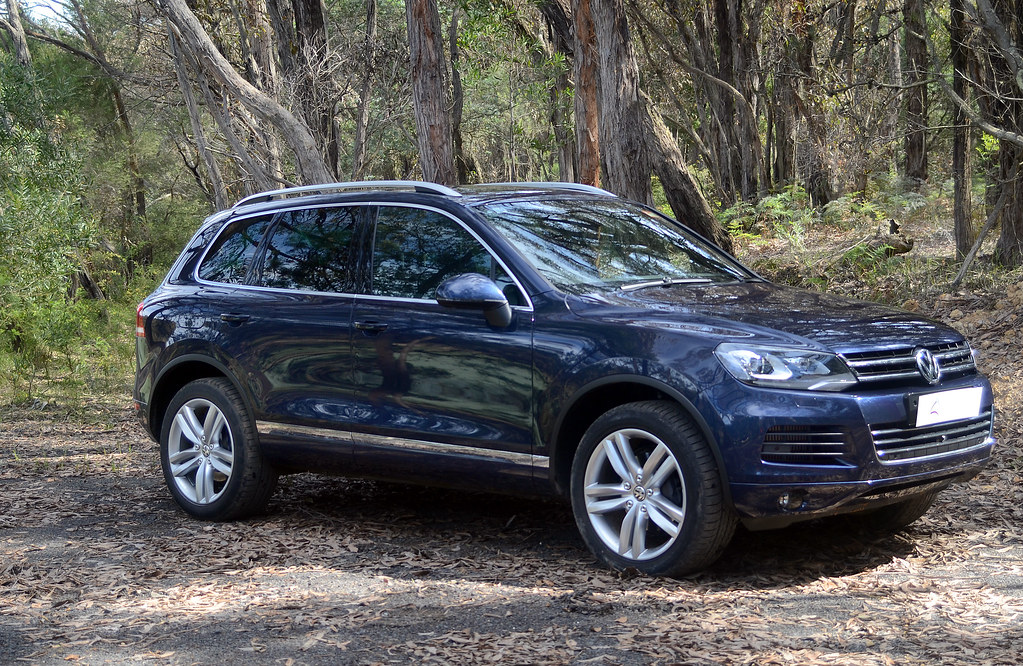
1. **Mastering Regenerative Braking**Regenerative braking is a cornerstone of electric vehicle efficiency, a brilliant innovation that sets EVs apart from traditional internal combustion engines. Unlike conventional brakes that dissipate kinetic energy as wasted heat, regenerative braking captures this energy during deceleration and converts it back into electricity, feeding it directly into your battery pack. Most contemporary EVs offer adjustable regenerative braking settings, allowing drivers to customize the intensity from mild regeneration to highly aggressive “one-pedal driving” modes. Understanding and utilizing these options, often found under “Driving” or “Battery” settings, is key to unlocking an additional 10% to 20% more range by actively replenishing your battery while you slow down.
For optimal energy recovery in urban environments, especially in stop-and-go traffic, selecting the highest regenerative braking level is often the most effective strategy. This aggressive mode allows for one-pedal driving, where you can modulate your speed and even come to a complete stop using only the accelerator pedal, maximizing recaptured energy. Conversely, on highways or open roads with minimal braking, a more moderate regenerative braking setting might be more appropriate. High levels of regen at steady speeds can feel jerky; instead, concentrate on maintaining consistent speeds and applying mild regeneration only when naturally slowing down, ensuring smoother energy use.
Furthermore, some advanced EVs are equipped with automatic or adaptive regenerative braking systems that leverage GPS data and traffic information to adjust regeneration levels in real-time. These intelligent systems can anticipate downhill sections or traffic lights, maximizing energy recovery without constant driver intervention. Spending time to explore how these sophisticated features operate in your specific vehicle and experimenting with different settings will significantly enhance your driving experience and overall range optimization, helping you build confidence in your EV’s efficiency.
Read more about: Are 2025 Electric SUVs Worth the Investment? A Consumer Reports Deep Dive
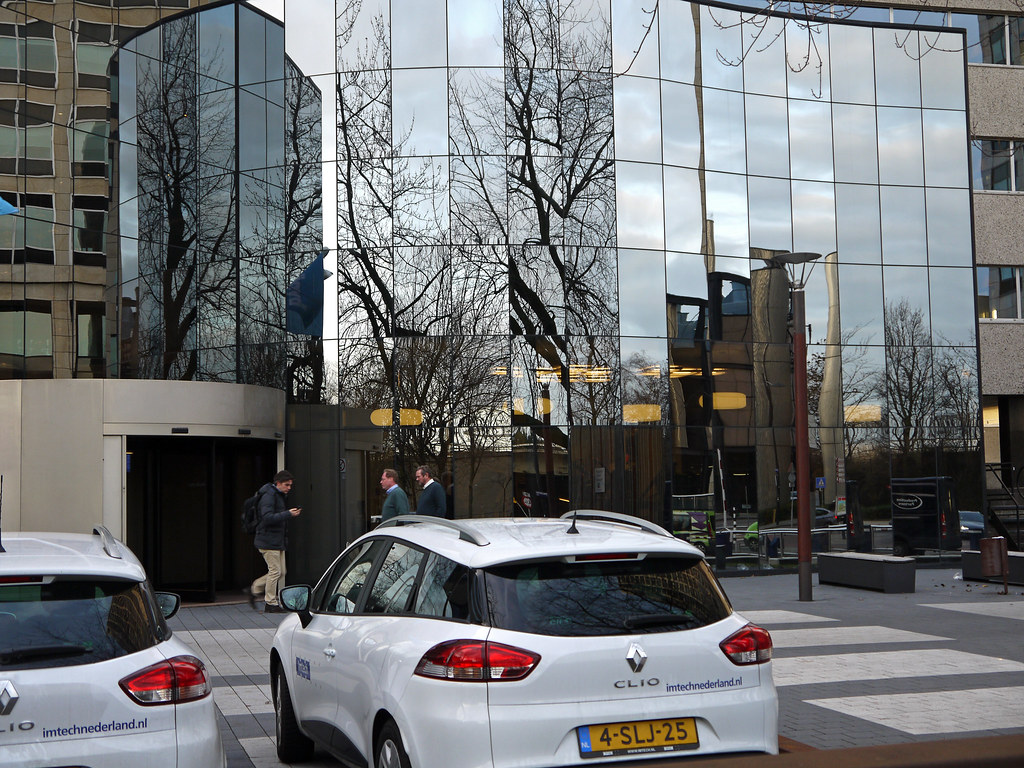
2. **Smart Climate Control & Pre-conditioning**One of the most significant—and often underestimated—energy drains in an electric vehicle comes from its heating and cooling systems. These auxiliary systems can drastically impact your EV’s range, sometimes reducing it by as much as 30-40% in extreme hot or cold conditions, as EVs must generate heat electrically directly from the main battery pack. However, with a smart climate control strategy, often utilizing “Eco Climate Mode” or “Energy-Saving Climate,” you can significantly mitigate this impact without sacrificing comfort. These modes limit power draw, prioritize air recirculation, and can cap heater output to preserve battery life.
The single most impactful strategy is pre-conditioning your vehicle while it is still plugged into a power source, warming or cooling the cabin to your desired temperature *before* you unplug. This uses grid power, not your battery. Most modern EVs allow scheduling pre-conditioning through their infotainment system or smartphone app. In colder climates, strategically utilizing seat heaters and steering wheel warmers is a game-changer; a 2022 study by AAA found seat heaters use 50% less power than cabin heaters, providing ample comfort with significantly less energy consumption.
Beyond pre-conditioning and targeted heating, maintaining moderate cabin temperatures contributes significantly to range extension. Setting your thermostat to 68°F (20°C) instead of 75°F (24°C) in winter or 75°F (24°C) instead of 68°F (20°C) in summer can expand range by 10-15%. For those living in distinct winter climates, considering an EV equipped with highly efficient heat pump technology, which can be two to three times more effective than conventional resistive heating, offers even greater advantages by substantially reducing HVAC energy consumption.
Read more about: Beyond the Daily Commute: A Deep Dive into the 2025 Acura MDX’s Long-Distance Comfort and Capability
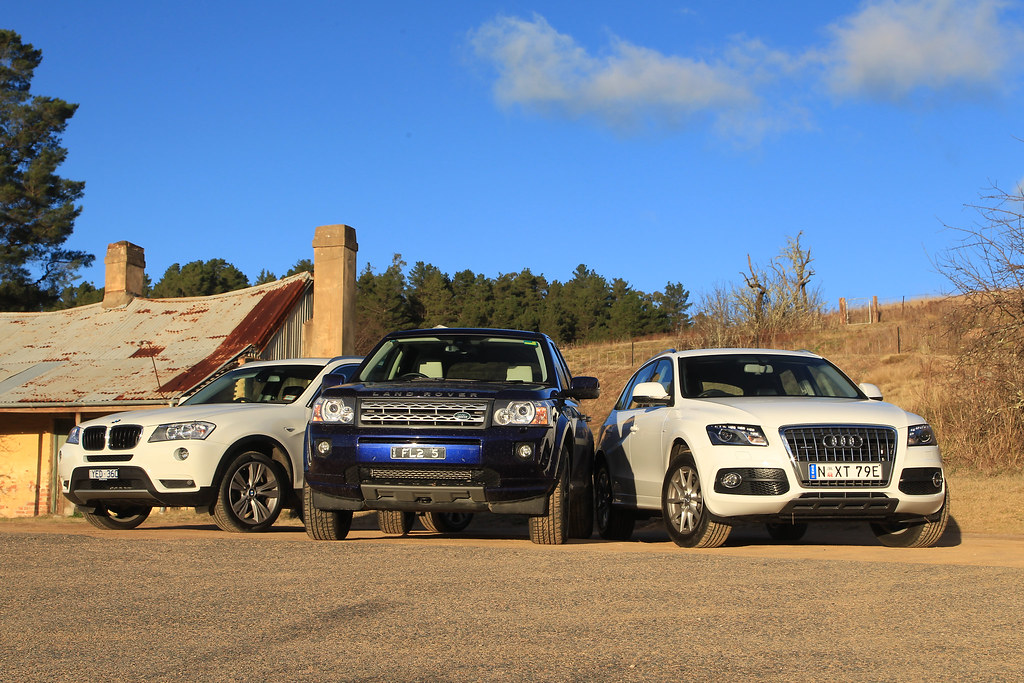
3. **Engaging Range and Eco Driving Modes**Many electric vehicles are equipped with specialized driving modes, often labeled “Range Mode” or “Eco Mode,” designed explicitly to maximize efficiency and extend your battery’s reach. These aren’t just simple toggles; they represent sophisticated, integrated system optimizations that fine-tune multiple aspects of your vehicle’s operation to prioritize range over performance. When activated, these modes typically reduce accelerator responsiveness, limit acceleration power, lower top speed, and fine-tune battery management. Ford Mustang Mach-E’s Range Mode, for instance, can extend range by up to 15% by limiting power to non-essential systems, according to Ford’s 2024 testing data.
These specialized modes prove particularly beneficial for long highway drives where steady speeds are key. By constraining power and optimizing energy flow, the vehicle becomes a lean, mileage-maximizing machine. However, this focus on efficiency naturally means a less spirited driving experience; the reduced acceleration and performance might not be suitable for dynamic urban driving or situations needing quick maneuvers. Therefore, it’s crucial to adapt your driving mode to current road conditions, toggling these settings on for efficiency-critical journeys and off when responsiveness is prioritized.
Engaging these modes can be a quick and effective way to gain significant extra miles, particularly when planning for longer journeys or when facing lower-than-desired battery levels. Beyond just extending range, using Eco and Range modes can also subtly encourage more efficient driving habits over time. By experiencing smoother acceleration and controlled power delivery, drivers often naturally adopt a gentler, more energy-conscious style even when these modes are disengaged, turning a temporary setting into a permanent improvement in overall EV range management.
Car Model Information: 2020 Jeep Wrangler Sport
Name: Ford Mustang Mach-E
Manufacturer: Ford Motor Company
Production: 2021–present
ModelYears: 2021–present
Assembly: Unbulleted list
Designer: Unbulleted list
Class: Compact crossover SUV
BodyStyle: coupe SUV
Layout: Unbulleted list
Platform: Ford Global Electrified 1 platform
Motor: Synchronous motor#Permanent-magnet
Wheelbase: Convert
Length: Convert
Width: Convert
Height: Convert
Weight: Convert
ElectricRange: Convert
Battery: 68–98 kWh
Charging: unbulleted list
Powerout: Convert
Sp: us
ModelCode: CX727
Categories: 2020s cars, All-wheel-drive vehicles, All Wikipedia articles written in American English, All articles needing additional references, Articles needing additional references from January 2023
Summary: The Ford Mustang Mach-E is a battery electric compact crossover SUV produced by Ford. Introduced on November 17, 2019, it went on sale in December 2020 as a 2021 model. The Mach-E is part of the Mustang series, with its name inspired by the Mach 1 variant of the first-generation Mustang. The car won the 2021 North American SUV of the Year Award.
Get more information about: Ford Mustang Mach-E
Buying a high-performing used car >>>
Brand: Ford Model: Mustang Mach-E
Price: $25,000 Mileage: 54,707 mi.
Read more about: Beyond the Gleam: Unpacking the Enduring Allure of Classic Cars and the Resurgence of Automotive Heritage Shows
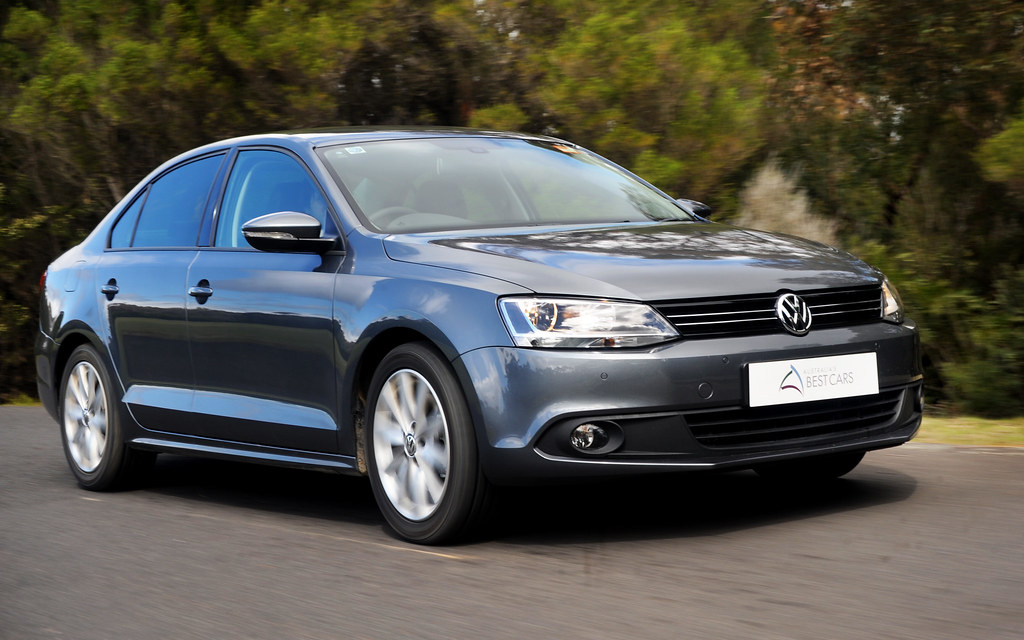
4. **Optimizing Battery Charging Limits**It’s a common misconception that to maximize your EV’s range, you should always charge its battery to a full 100% capacity. While this might seem logical for immediate maximum mileage, consistently charging to 100% can actually put undue stress on the battery over time, accelerating degradation and reducing its long-term capacity. Most electric vehicles include a “hidden” setting to cap the charge limit at 80-90%, which is highly recommended for daily driving, as a 2023 study by Battery University noted that limiting charge to 80% can extend battery lifespan by 20%.
For routine commutes and daily errands, setting your charge limit to 80% is often more than sufficient. This provides ample range for most drivers while significantly mitigating stress on the battery pack, particularly for lithium-ion batteries where the final 10-20% of charging is the most strenuous. This proactive measure ensures your EV maintains its efficiency and range capacity for a greater portion of its lifespan, acting as a simple form of preventative maintenance that preserves the integrity of your most crucial component.
However, there are legitimate scenarios where a 100% charge is desirable, particularly for long-distance road trips where every available mile counts. In these cases, you can temporarily override your daily charge limit. The key is to drive the vehicle shortly after reaching 100%, avoiding leaving it at a full charge for extended periods. Accessing this setting is straightforward, typically found under “Battery” or “Charging Preferences” in your EV’s menu, and integrating it into your routine is one of the most effective yet overlooked ways to optimize your EV ownership experience.
Read more about: Hybrid vs. Plug-In Hybrid: Unbiased Insights to Find the Perfect Electrified Vehicle for Your Lifestyle
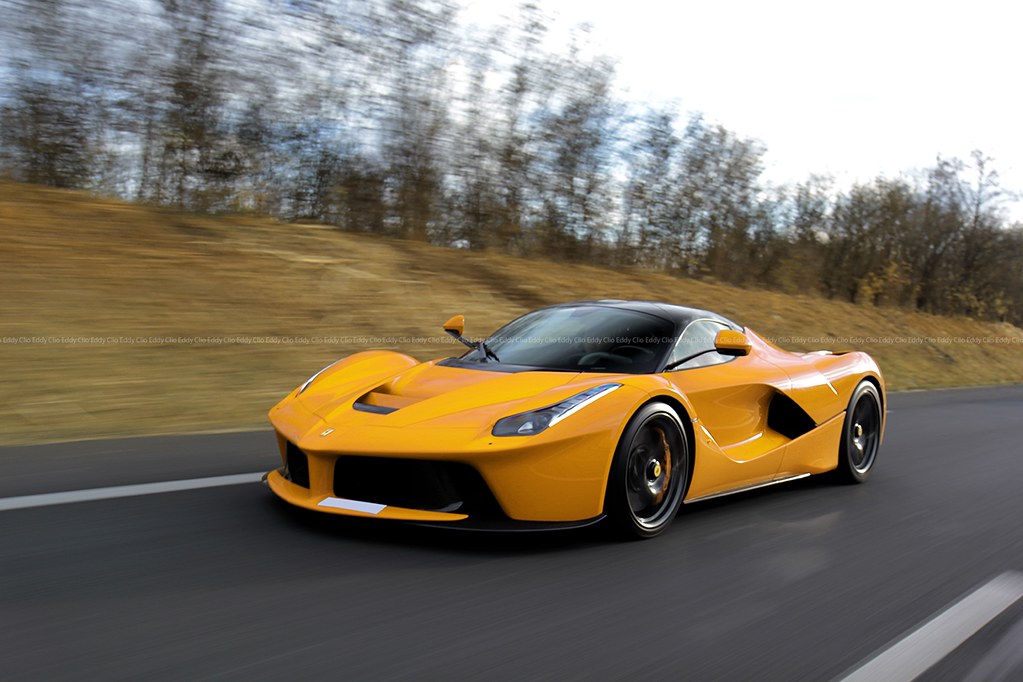
5. **Perfecting Speed and Acceleration Patterns**Your driving style—specifically your speed and acceleration patterns—has a profound and direct impact on your EV’s usable range. While electric motors maintain great efficiency across a broad range of speeds, external forces like aerodynamic drag rise exponentially with speed, making speed management the most significant controllable factor. Most EVs find their “sweet spot” for efficiency between 45 and 65 mph (approximately 70-105 km/h); driving at highway speeds of 70 mph or higher can reduce range by 20% to 30% compared to more moderate speeds.
Beyond top speed, forceful acceleration from every stop consumes substantially more energy than necessary. The most effective approach for range optimization is to adopt a smooth, steady acceleration to your desired speed, minimizing power spikes. For maintaining consistent speeds, especially on highways, cruise control is an invaluable tool. Human drivers naturally fluctuate speed more than cruise control, which holds speeds within a tighter tolerance (often 1-2 mph), preventing unnecessary acceleration and deceleration cycles that waste energy and directly translating into better range.
Traffic flow introduces another layer of complexity; sometimes maintaining a slightly faster speed that allows you to seamlessly flow with traffic might be more efficient than driving slower and causing frequent lane changes. For the absolute best range, consider route planning that favors state highways or arterial roads with speed limits between 45-55 mph over fast-moving interstates. This choice, even if slightly longer in distance, often results in better overall energy economy due to sustained lower speeds and optimized energy usage.
Navigating the world of electric vehicles confidently means going beyond the basics of driving style and understanding your car’s inherent intelligence. As we continue our journey to demystify EV range optimization, the focus shifts to advanced features and crucial preparedness that empower you to drive farther with unwavering assurance. These next five strategies delve into how your EV’s sophisticated systems can work for you, how smart planning can mitigate challenges, and how proactive maintenance prepares you for any condition on the road. Let’s unlock even more potential hidden within your electric ride.
Read more about: The Underdog’s Edge: 15 Cheap Car Mods Proving Performance Gains Don’t Require Forever Funds
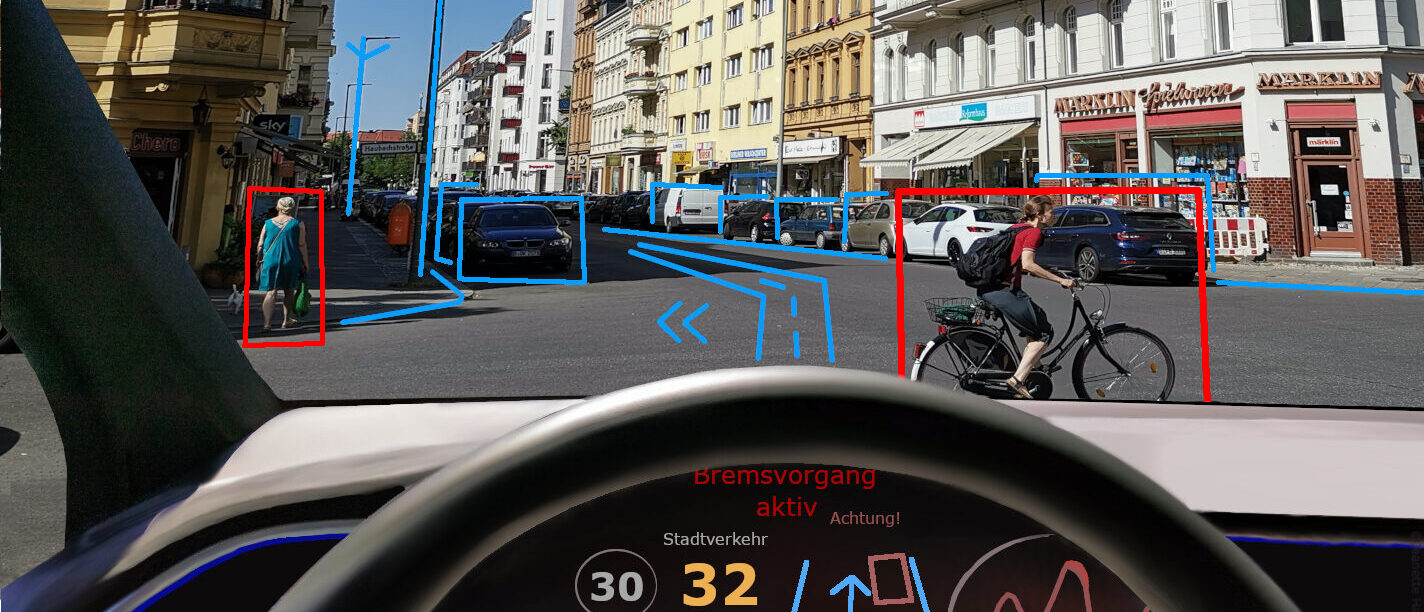
6. **Utilizing Adaptive Cruise Control with Energy Optimization**Adaptive Cruise Control (ACC) has long been praised for its convenience, especially on highway journeys. However, in modern electric vehicles, ACC transcends mere comfort, becoming a potent tool for range extension when paired with energy optimization settings. Many advanced EVs, such as the Hyundai Ioniq 5 and BMW i4, integrate an “Eco” or “Energy-Saving” mode directly within their ACC functionality. This isn’t just about maintaining a set speed; it intelligently adjusts acceleration and deceleration to minimize abrupt power spikes and ensure the smoothest, most energy-efficient transitions.
The Ioniq 5’s Smart Cruise Control with Eco Mode, for instance, can significantly improve highway range, with studies indicating a 5-8% increase in efficiency. This is achieved by maintaining exceptionally consistent speeds and cleverly optimizing regenerative braking during natural slowdowns, maximizing energy capture without driver intervention. Such a feature is particularly invaluable on extended drives where public charging options may be sparse or widely spaced, allowing you to stretch every available mile between power sources.
By leveraging this intelligent system, you essentially allow your EV to drive itself with an eye toward peak efficiency. The vehicle’s internal algorithms are often far more consistent and precise in managing speed and braking than a human driver, even a very careful one. This consistency prevents the micro-accelerations and decelerations that cumulatively waste significant energy. To activate this range-boosting feature, drivers should typically look under the “Driver Assistance” or “Cruise Control” settings within their EV’s infotainment system, often alongside other advanced safety functions.
Integrating ACC with energy optimization into your driving routine, especially on monotonous highway stretches, transforms a performance feature into an efficiency champion. It’s a simple toggle that can deliver tangible range benefits, allowing you to arrive at your destination with more charge and less stress, making those long road trips feel much more attainable.
Car Model Information: 2020 Jeep Wrangler Sport
Sp: uk
Name: Hyundai Ioniq 5
Manufacturer: Hyundai Motor Company
ModelCode: NE
Production: March 2021 – present
ModelYears: 2022–present (North America)
Assembly: Unbulleted list
Designer: Lee Ji-hyeon
Class: Compact crossover SUV
BodyStyle: SUV
Layout: Unbulleted list
Platform: Hyundai E-GMP
Related: Unbulleted list
Motor: permanent magnet synchronous motor
Battery: SK On
ElectricRange: cvt
Charging: ubl
Wheelbase: cvt
Length: Unbulleted list
Width: Unbulleted list
Height: Unbulleted list
Weight: Unbulleted list
Categories: All-wheel-drive vehicles, All Wikipedia articles written in British English, Articles containing Korean-language text, Articles with short description, CS1 Indonesian-language sources (id)
Summary: The Hyundai Ioniq 5 (Korean: 현대 아이오닉 5) is a battery electric compact crossover SUV produced by Hyundai since 2021. It is the first product to be marketed under the Ioniq sub-brand, and the first model developed on the Hyundai Electric Global Modular Platform (E-GMP).
Get more information about: Hyundai Ioniq 5
Buying a high-performing used car >>>
Brand: Hyundai Model: Ioniq 5
Price: $25,000 Mileage: 54,707 mi.
Read more about: An In-Depth Look: Essential New Features and Performance Upgrades for the 2025 Ram 1500 Truck Lineup
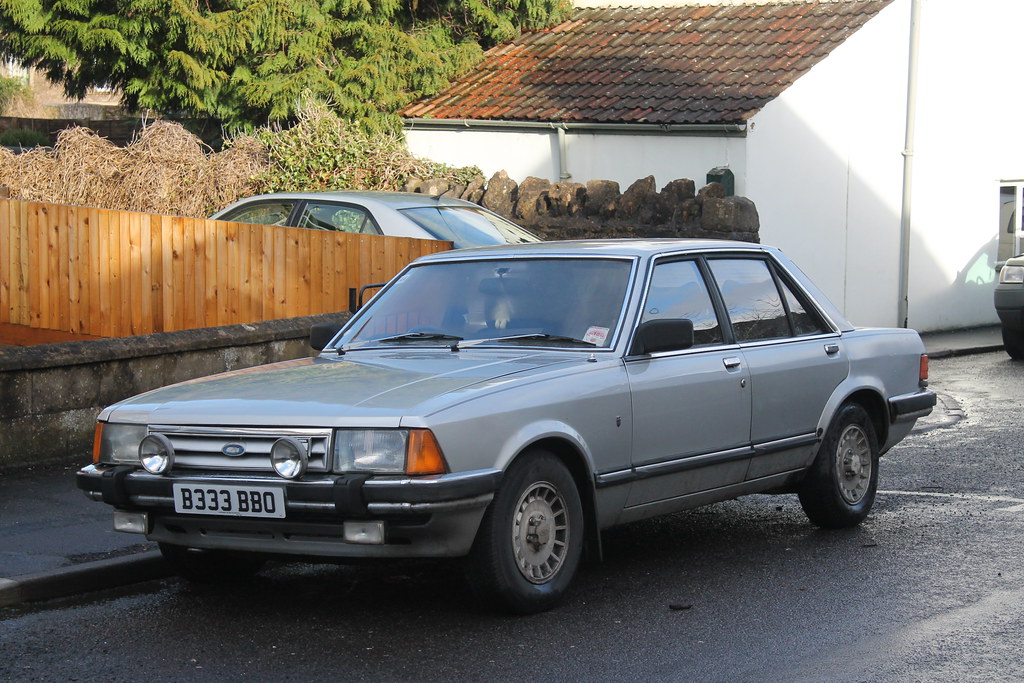
7. **Leveraging Route Planning and Charging Strategy**For any EV driver, especially those embarking on longer journeys, strategic route planning is an indispensable tool to alleviate range anxiety and optimize overall travel time. Modern EV navigation systems and a host of third-party smartphone applications now offer sophisticated features that go far beyond simply finding the quickest route. These systems factor in critical variables such as real-time energy consumption, predicted weather conditions, prevailing traffic patterns, and even elevation changes to provide highly accurate arrival charge forecasts.
Consider the impact of elevation: while regenerative braking can recover some energy on descents, routes with a net elevation gain will inherently limit your overall range. Conversely, routes featuring a net elevation loss can occasionally boost your arrival charge above your starting levels, thanks to sustained regeneration. Many in-car navigation systems can offer alternative routes that, while potentially longer in distance, are designed to be more energy-efficient, often by avoiding high-speed highways or steep climbs.
An intelligent charging strategy extends beyond merely knowing where charging stations are located. It involves understanding charging rates, network reliability, and pricing structures to maximize both time and energy economy. For instance, fast-charging an EV from 20% to 80% typically takes roughly the same amount of time as charging from 80% to 100%, as charging speeds slow significantly as the battery approaches full capacity. This insight suggests that for lengthy trips, several smaller recharge breaks of 15-20 minutes might be more efficient overall than waiting for a single full charge.
Integrating real-time weather forecasts into your route planning is another critical layer of preparedness. Anticipating headwinds, heavy rain, or extreme temperatures allows you to adjust your departure times, charging stops, or even choose an entirely different route to mitigate their range impact. Furthermore, third-party apps like PlugShare, ChargePoint, and A Better Route Planner provide real-time charger availability, user reviews, and historical reliability data, offering a more comprehensive analysis than many built-in systems.
Read more about: Navigating the New Reality: How Supply Chain Headwinds Are Reshaping New Car Prices and Availability for Consumers
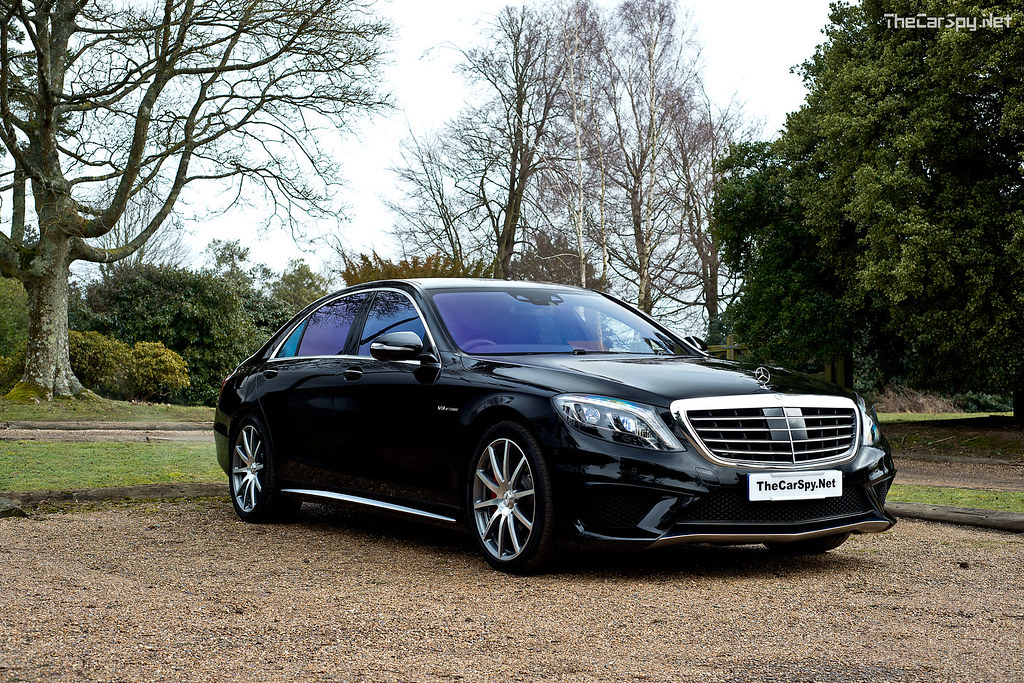
8. **Optimizing Vehicle Settings and Maintenance**While much attention is often given to driving habits and charging infrastructure, the overall effectiveness and range of your EV are significantly bolstered by diligent vehicle settings optimization and routine maintenance. These often-overlooked areas present simple yet powerful opportunities for substantial range enhancement over time. The cumulative effect of these small adjustments can translate into meaningful extensions of your daily driving capacity.
Perhaps the most crucial maintenance consideration for electric range is tire pressure. Under-inflated tires immediately increase rolling resistance, forcing the motor to work harder and directly reducing efficiency. EVs, with their often heavier battery packs, are particularly sensitive to this effect. It is essential to check your tire pressure monthly and ensure they are inflated to the manufacturer’s recommended higher-end range for optimal performance. Beyond pressure, tire choice also plays a role. Low rolling resistance (LRR) tires, while possibly compromising some grip or comfort, can boost range by 5-10%. Many EV manufacturers now specify particular LRR tire formulations optimized for electric vehicles.
Weight reduction offers another tangible opportunity for improvement. Every 100 pounds of unnecessary weight carried in your vehicle can incrementally reduce range by one to two percent. Developing a habit of regularly clearing out extraneous items from your trunk and cabin, especially bulky objects that are not routinely needed, can contribute to greater efficiency. Similarly, while not always practical for every driver, subtle aerodynamic adjustments can yield measurable benefits. Closing windows at highway speeds and removing cargo boxes or roof racks when not absolutely necessary helps maintain the vehicle’s intended aerodynamic profile, thereby reducing drag.
Finally, staying current with your EV’s software updates is paramount. Many electric vehicles receive over-the-air (OTA) upgrades that frequently introduce new features, refine existing systems, and crucially, maximize the efficiency of auxiliary systems, motor control, or battery management. Reading release notes and promptly installing available updates ensures you benefit from the latest efficiency tools developed by the manufacturer. Furthermore, exploring battery conditioning and management settings available in your vehicle can be beneficial. Some EVs allow you to set maximum charging levels below 100% for daily use to extend battery life, while others offer specific pre-conditioning capabilities to optimize pack temperature for peak performance.
Read more about: Unlock Peak Performance: Why Regular Wheel Alignment is Critical for Your Car’s Longevity, Safety, and Fuel Efficiency
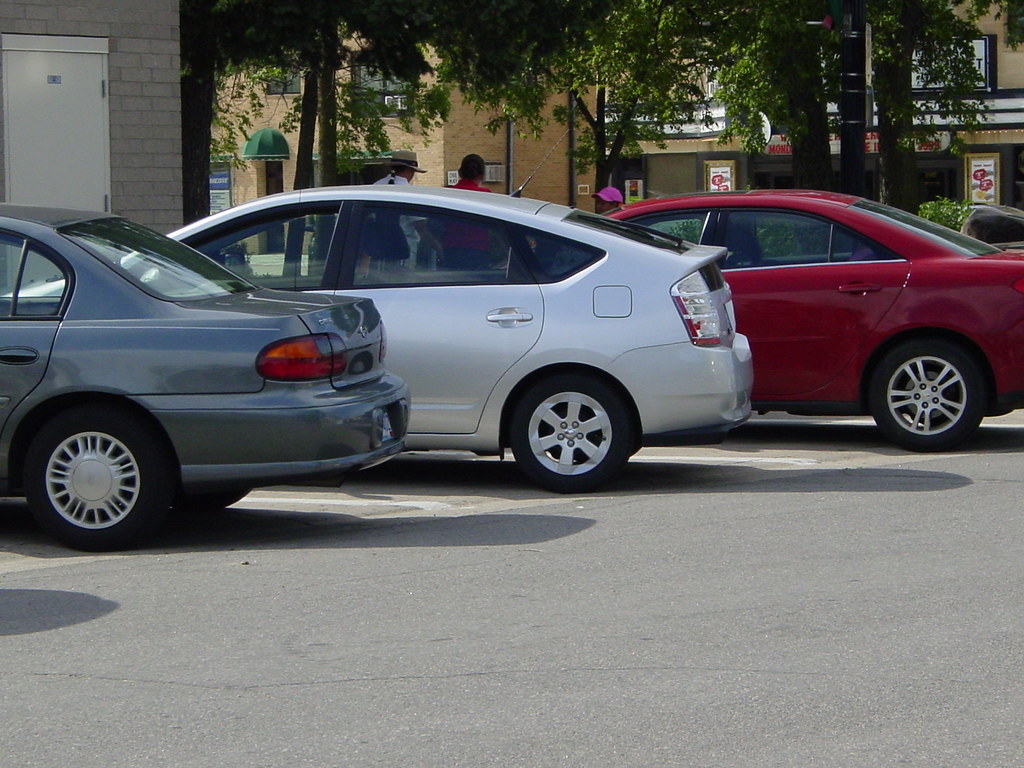
9. **Proactive Cold Weather Battery Management**For EV owners in colder climates, preparing for winter conditions is not just about comfort; it’s about preserving precious range and battery health. Cold weather significantly impacts an electric vehicle’s range, often leading to reductions of 20-40%. This is because lithium-ion batteries experience reduced ionic conductivity and slower chemical reactions at low temperatures, affecting both power output and energy capacity. Studies by AAA and the Norwegian Automobile Federation have shown range losses from 12% without heating to a dramatic 50% in sub-zero conditions, with cabin heating being a primary energy consumer alongside propulsion and battery thermal management.
The single most effective strategy for cold weather driving is pre-conditioning your vehicle while it is still plugged into a power source. This process warms both the battery and the cabin using grid electricity, not your battery’s stored energy. Research indicates pre-conditioning can improve winter range by 15-25%. Tesla’s data, for instance, shows a pre-conditioned Model 3 uses 25% less energy for the first 10 minutes of driving in -10°C weather. Many EVs offer advanced pre-conditioning features, including optimal timing based on ambient temperature, location-based auto-start, weather integration, and calendar sync. Model-specific tips, such as setting Tesla charging to complete 30 minutes before departure or using BMW’s “Departure Timer,” ensure optimal battery warming.
Beyond pre-conditioning, efficient heating strategies are crucial. If your EV is equipped with a heat pump, leverage it; these systems are two to three times more efficient than traditional resistive heaters and can reduce heating energy consumption by 50%. For all EVs, prioritize using seat heaters and steering wheel warmers first, as they warm you directly and use significantly less energy than heating the entire cabin. Setting a moderate cabin temperature, such as 18-20°C (64-68°F), rather than a warmer one, and utilizing Eco mode further conserves battery power.
Proper battery management in cold weather also involves adjusting charging practices. Parking in a garage, even if unheated, helps keep the battery warmer. It’s often recommended to charge to 80-90% in winter, as a higher state of charge can better handle cold weather demands, and to avoid deep discharges below 20%. Additionally, avoid fast charging a very cold battery, as this can reduce its lifespan; driving for 10-15 minutes beforehand can warm the battery to a more optimal charging temperature.
Read more about: How to Master Classic Car Winterization: An In-Depth Guide for Safeguarding Your Cherished Vehicle Through the Cold Months
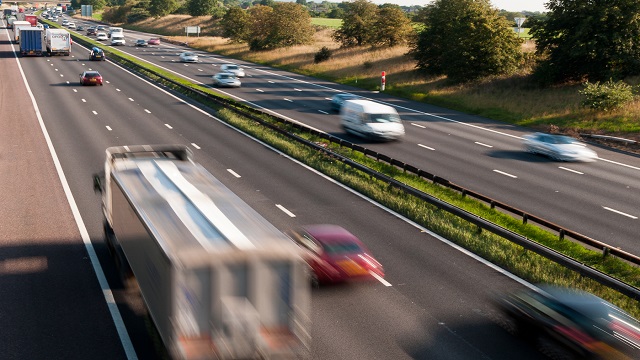
10. **Crucial Emergency Preparedness for EV Travel**While maximizing range with efficient driving and vehicle settings is paramount, a comprehensive approach to EV ownership also includes crucial emergency preparedness, particularly when embarking on longer trips or facing challenging weather. The peace of mind that comes from knowing you’re ready for the unexpected is invaluable, transforming potential anxiety into confident travel.
Before any extended journey, it is essential to plan your route not just for efficiency but also for potential contingencies. Proactively locating EV charging stations along your route, especially larger sites with ample chargers that might be less crowded during peak times or severe weather, is a critical first step. This foresight prevents frantic searching when battery levels are low.
Personal preparedness is equally important. Ensure your cell phone is fully charged before departing, and always carry a portable phone charger or a power bank. This ensures communication capability even if your vehicle’s systems are compromised or you’re left without access to vehicle charging. Beyond technology, consider packing an emergency kit in your EV. This should include warm clothes, blankets, bottled water, non-perishable food items, and a small shovel, especially if traveling in winter or through areas prone to storms. These items can be life-savers if conditions deteriorate unexpectedly.
Furthermore, be proactive in monitoring winter weather advisories. If severe weather, such as a major snowstorm or ice event, is forecast, try to charge your car to a full battery before conditions worsen. This provides maximum buffer should you face unexpected detours or extended delays. Preparing for power outages, especially if you live in areas prone to them, is also a smart strategy, ensuring your vehicle is ready even when home charging infrastructure is temporarily unavailable.
Ultimately, preparing for a worst-case scenario doesn’t mean you expect it to happen; it means you’re empowered to handle it if it does. By integrating these preparedness measures into your travel routine, you gain an extra layer of confidence, knowing that you’re equipped to handle a variety of situations on the road, ensuring a safer and less stressful EV driving experience, no matter the journey.
Building Confidence Through Understanding
As we’ve explored these ten expert-backed strategies, it becomes clear that maximizing your EV’s range is a multi-faceted endeavor—one that blends smart driving habits, intelligent use of vehicle features, proactive maintenance, and meticulous planning. Range anxiety, that persistent worry about running out of charge, usually stems from a lack of understanding rather than the vehicle’s actual limitations. By internalizing these techniques, you’re not just squeezing out a few extra miles; you’re fundamentally changing your relationship with your EV, transforming it into a partnership based on knowledge and confidence.
From mastering regenerative braking to preparing for unforeseen winter conditions, each tip empowers you to take control. You’ll begin to intuitively understand how your EV responds to different inputs and environments, making driving less about guesswork and more about informed decisions. This journey of learning and adaptation is incredibly rewarding, proving that with practice, these methods become second nature, seamlessly integrated into your daily driving without sacrificing enjoyment.
Read more about: Navigating the Road Ahead: The Best Mobility Aids for Seniors in 2025 – An In-Depth Consumer Reports Guide
Electric vehicles are continually evolving, boasting longer ranges, faster charging, and smarter features with each new model year. When combined with the proven efficiency strategies discussed throughout this article, range anxiety is poised to become a distant memory, a relic of the early days of EV adoption. The future of transportation is undeniably electric, and with this comprehensive toolkit in your arsenal, you are exceptionally well-prepared to embrace that future with unwavering confidence and genuine enthusiasm. Drive farther, smarter, and with complete peace of mind.

